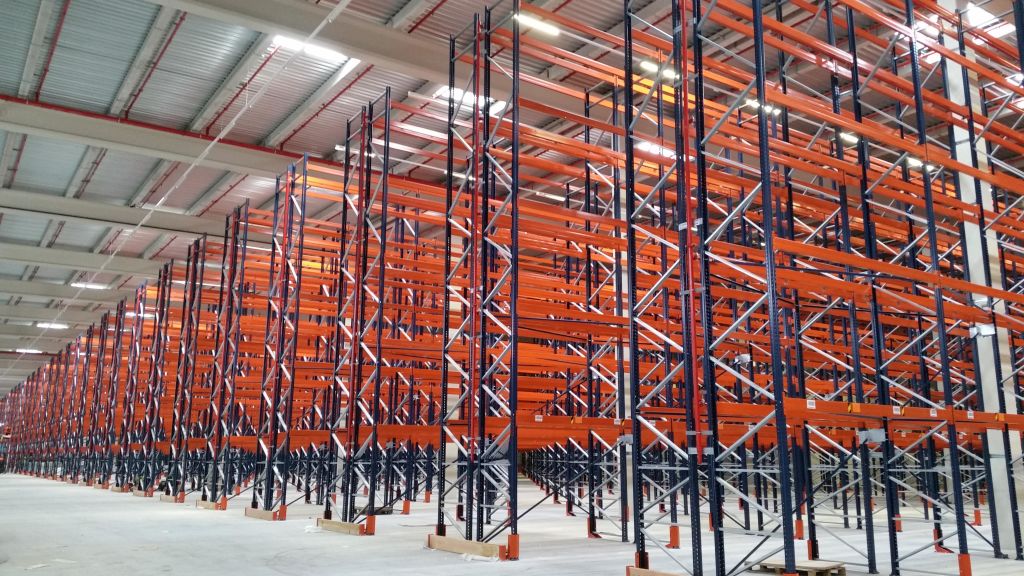Robust tenant demand coupled with a lack of available stock has seen lease arrangements weighted heavily in favour of landlords.
CBRE’s Industrial and Logistics Q2 2022 national analysis tells the story. Despite 342,000 square metres of industrial space being added to the market in the second quarter, a record low vacancy rate of 0.8 per cent has demand outstripping supply. The report states that although the forecast new supply of industrial space in 2022 is 50 per cent above the 10-year national average, this still won’t bring the market back to equilibrium.
Phil Grant, director of sales and leasing at NAI Harcourts, says a variety of levers are keeping lessors in the driver’s seat during lease negotiations.
“The uptick in demand has really been right across the board so tenants are on the back foot in lease negotiations – so much so that they’re being forced to compromise. They may choose to secure less than ideal space because that’s all that’s available.”
Grant says the problem is compounded in new projects by a lack of developable land and rising construction costs.
“Two or three years ago we were selling land for low-to-mid $300 per square metre. That same land is now selling for $500 per square metre.
“If you add that to substantially increased construction prices, the cost of completing a new project skyrockets, so owners must demand increased rents to justify their development’s feasibility.”
Grant says the current situation in favour of landlords might seem unbalanced, but it reflects the cyclical nature of commercial property markets.
“Tenants have had the ability to negotiate what they want in the past and have had some measure of power because there were multiple options.
“At the moment, tenants don’t have many other options, so we can negotiate the best possible deal on the owner’s behalf. While owners are being co-operative, and are happy to discuss deals, they are also quite steadfast in what they’re willing to give away and in most recent transactions, there have been little to no incentives regardless of the lease term.”
He says another important element around lease negotiations at present is rent increases. Normally, most leases allow for rent to be increased by either a stated percentage or CPI, whichever is the greater. Of course, in today’s high inflationary environment, tenants are becoming anxious.
“Tenants are getting a little bit concerned that their annual reviews could be sitting at whatever the CPI is at the time, which could potentially be around 6 per cent. now a lot of tenants want to have just a fixed percentage rent increase in lease negotiations to avoid the risk.”
Grant believes the status quo in favour of landlords will be in place for some time yet.
“There’s unlikely to be a decrease in demand, and there isn’t going to be an oversupply of industrial availability,” he says.
Matt Lee, JLL’s head of industrial and logistics occupier services, represents tenants trying to secure space and he admits the landscape is challenging.
“If they want to renew their lease, they’re seeing 10 to 30 per cent or more mark-up on their rent straightaway and virtually no incentive being offered of any kind. Then, if they look for alternatives, there’s almost nothing available, and what is there is probably just as expensive as the renewal offered.
“The inner suburbs of Sydney and Melbourne are very tight in terms of tenant outcomes. Next in terms of difficulty would be Perth. The markets that give a tiny bit of wriggle room to tenants at present are those where there’s been continued speculative development, so in wider Melbourne and Brisbane, but the mismatch between supply and demand is still above the long-term average in these markets.”
